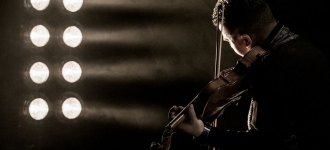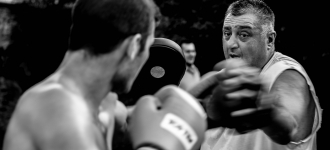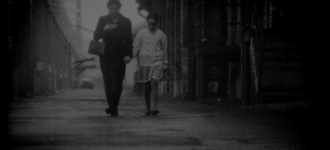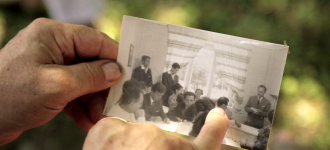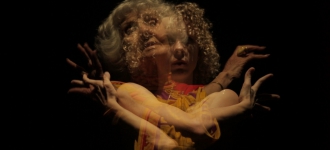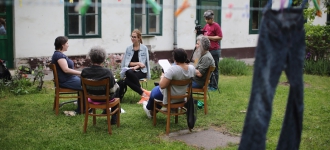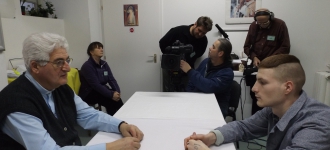Variations for Survival
The Crazy Circles of Freedom, the title of Klára András-Muhi’s documentary, could also be a fitting title for the Hungarian Panorama section. In the psychiatric hospital of Intapuszta (also known as the madhouse), life was freer and more democratic under socialism than “normal” life outside, thanks to the progressive and erudite director who—and here is the twist—sacrificed his independence by becoming an informant for the government, in order to gain the independence of the institute. During tough times—which we are never short of—these crazy little circles of freedom offer safe haven, and help us maintain clarity for mental and moral survival. Sopronkőhida harbors a similar shelter for the condemned, who are organized by the humane and light-hearted hero of Ágota Varga’s film, the Prison Chaplain. In Takács Mária’s The Pastor of Mandák House, another exemplary clergyman offers the poor and crippled shelter. While other religious leaders rubbed elbows with the powerful, a handful actually took scripture to heart and helped those in urgent need. For Roma musicians in Alla Zingara, performing together creates a safe haven, while the Roma youth in Ghetto Balboa find security in competitive sports and boxing; their trainer and father-figure strives to keep them from a life of crime, which he himself fought to leave behind.
The roots of current suffering can be traced to the past, as can the acquisition of human techniques for survival. Éva Fahidi’s biography is an inimitable example of this—from becoming an orphan but surviving the hell of Auschwitz, to retrieving her life and herself through dance, which she embraces with an incredible vitality and lust for life, even at the age of 90. Réka Szabó’s poignant film, The Euphoria of Being, highlights this as Fahidi dances alongside a beautiful, young ballet dancer. Of all the hard-fated protagonists presented in the program, Éva Fahidi suffered the greatest loss, and as a result, gained the greatest victory over life. If our time has a hero, then this nearly centenarian, fragile woman must be the one.
György Báron, Hungarian Panorama section curator

